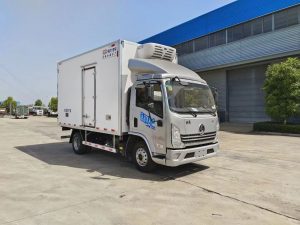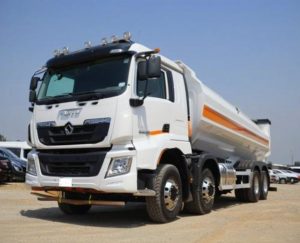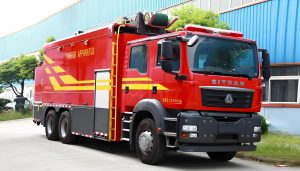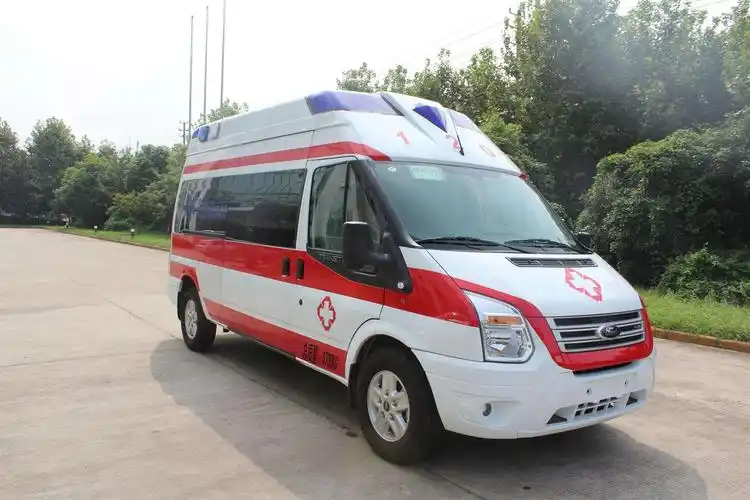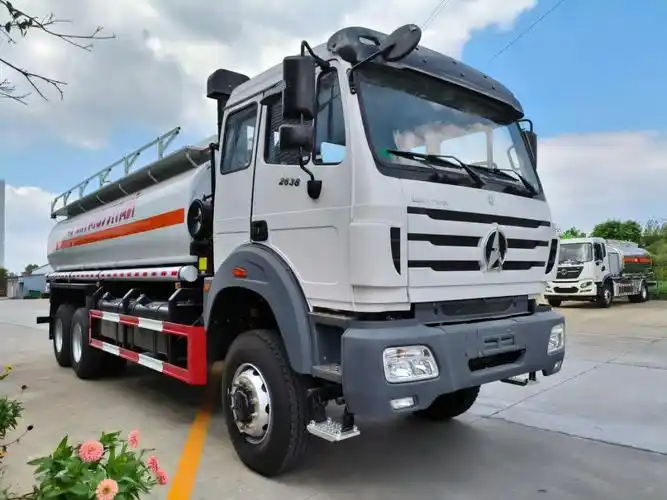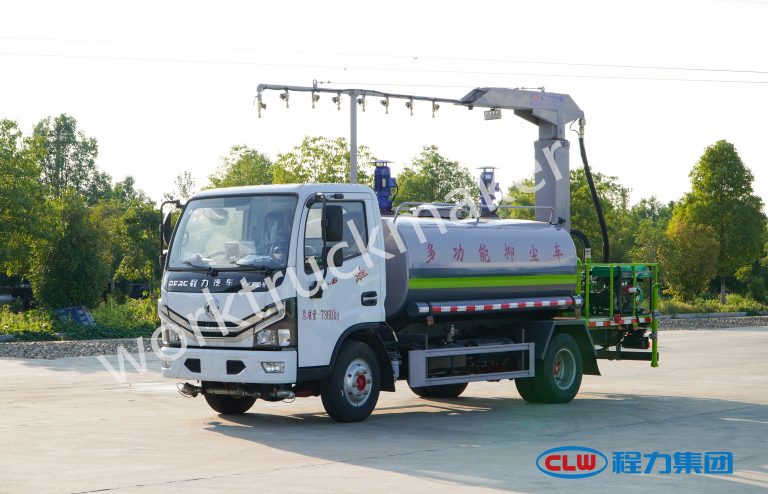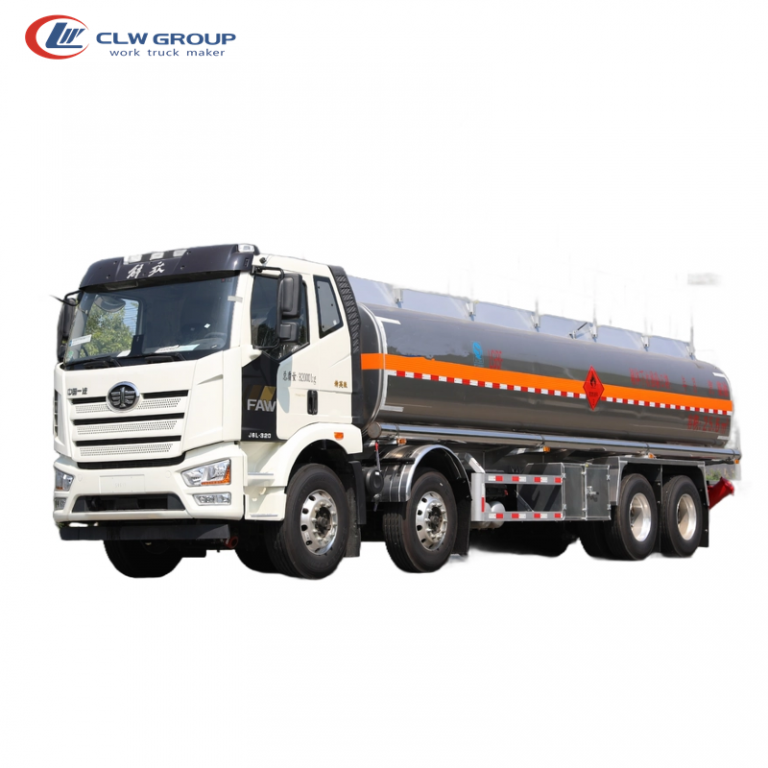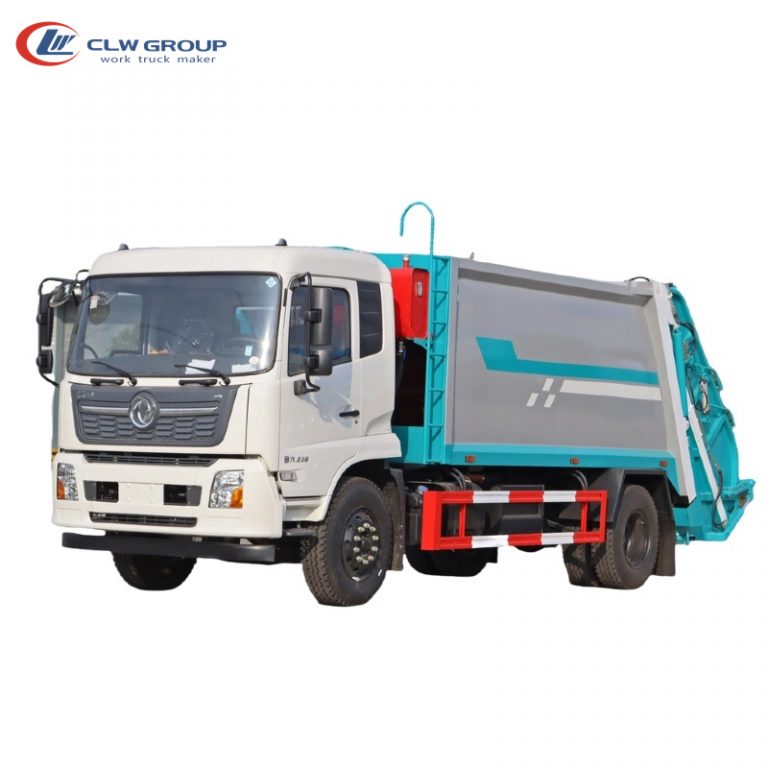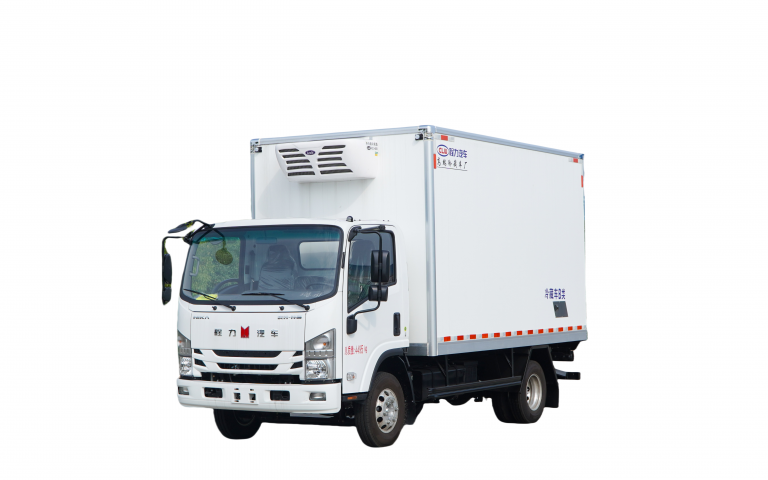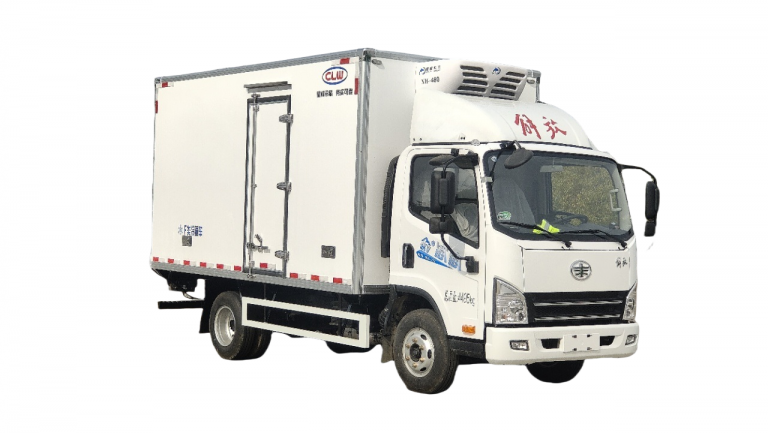Table of Contents
Toggle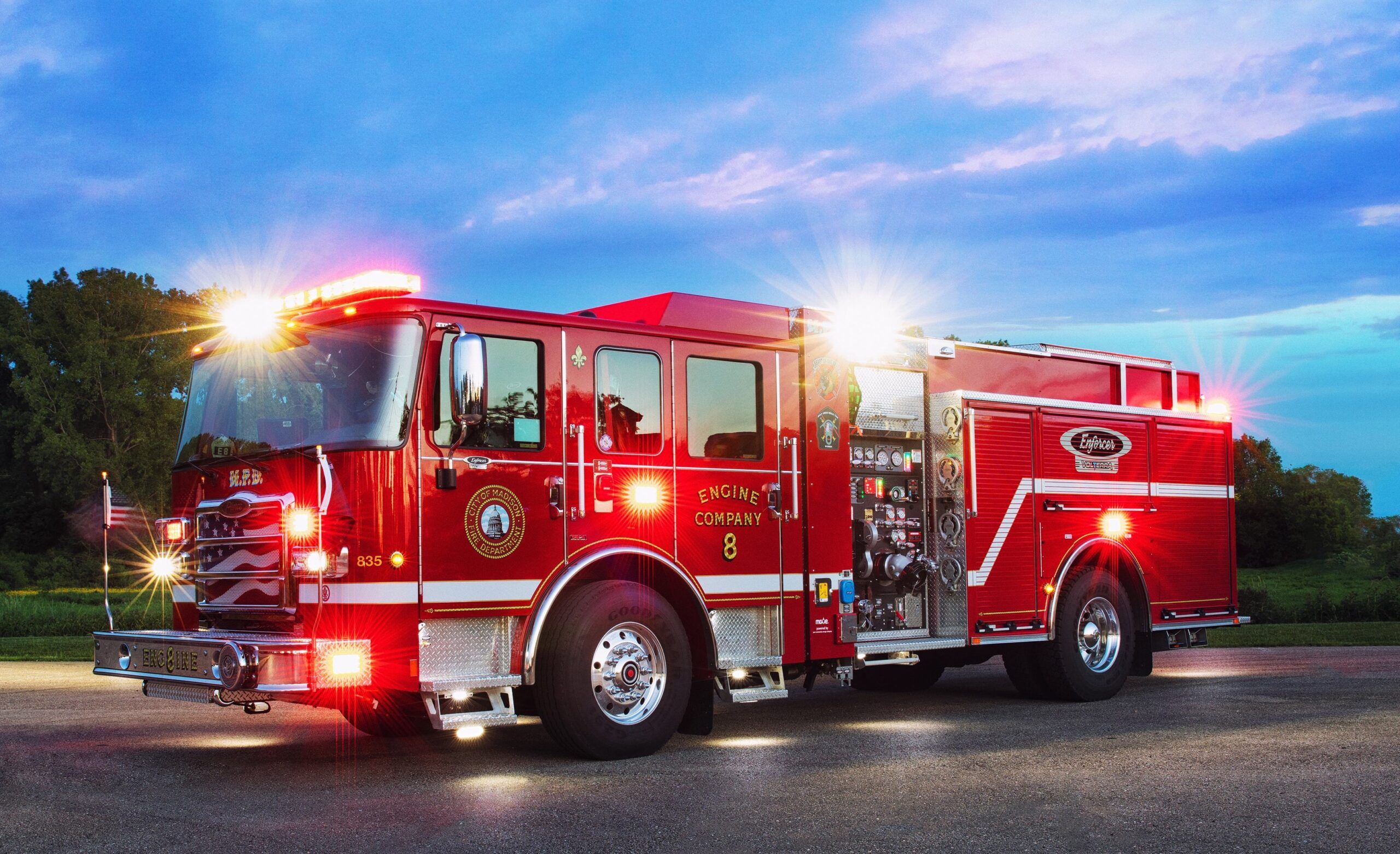
Fire trucks are iconic symbols of emergency response, essential for protecting lives and property. These powerful vehicles come in various types, each designed to tackle specific firefighting challenges. From urban environments to wildland areas, fire trucks play a crucial role in fire suppression and rescue operations worldwide.
Choosing the right fire truck is a critical decision for fire departments and municipalities. This article explores different types of fire trucks, including the versatile Type 1 engines for urban settings and the agile Type 5-7 units for wildfire response. It also looks at specialized fire trucks and key factors to think about when selecting a fire truck to suit specific needs. Whether you’re in the market for a fire truck for sale or simply interested in learning more about these life-saving machines, this guide offers valuable insights into the world of firefighting vehicles.
Type 1 Fire Engines: The Urban Firefighting Powerhouses
Type 1 fire engines, also known as engine companies or engine pumpers, are the backbone of urban firefighting. These versatile vehicles are designed to tackle the unique challenges presented by densely populated areas, making them essential for fire departments in cities and suburban regions.
Key Features
Type 1 fire engines come equipped with a wide array of features that make them well-suited for urban firefighting:
- Water capacity: These engines typically carry 400 to 500 gallons of water, with a minimum requirement of 300 gallons.
- Pumping power: They have a minimum pumping capacity of 1000 Gallons Per Minute (GPM), allowing for efficient water transfer.
- Hose complement: As per NFPA standards, Type 1 engines carry both 2 ½ inch and 1 ½ inch thick hoses of varying lengths.
- Crew capacity: These vehicles are designed to transport 3 to 4 firefighters comfortably and safely.
- Equipment storage: They feature strategically designed compartments to house a wide range of firefighting and rescue equipment.
Capabilities
Type 1 fire engines are built to handle various emergency situations:
- Structural firefighting: They excel in combating fires in buildings of all sizes, including high-rises.
- Initial Emergency Medical Service (EMS) response: These engines often carry basic medical equipment to provide first aid.
- Versatile firefighting: They can support urban, rural, and suburban fire departments effectively.
- Rapid deployment: Type 1 engines are often the first to arrive at a fire scene due to their versatility.
The capabilities of Type 1 fire engines extend beyond basic firefighting. They carry specialized equipment such as self-contained breathing apparatus (SCBA), chainsaws, forcible entry tools, and ground ladders. Some may also be equipped with hazmat gear, advanced life support (ALS) equipment, and additional structural or ballistic protection as needed by the local jurisdiction.
Best Use Cases
Type 1 fire engines are ideal for:
- Urban environments: Their design allows for efficient maneuvering through narrow streets and alleys in densely populated areas.
- Multi-story buildings: With their powerful pumps and extensive hose complement, they can effectively fight fires in tall structures.
- High call volume areas: These engines are built to withstand frequent use, making them suitable for busy urban fire departments.
- Versatile response: They can handle a wide range of emergencies, from structure fires to medical calls.
To optimize their effectiveness in urban settings, Type 1 fire engines often feature:
- Comfortable and safe cabs to reduce stress on firefighters during frequent calls
- Improved suspension systems for better ride quality and apparatus longevity
- Low and easily accessible equipment storage for quick deployment
- Clear sightlines and optimal cab visibility for navigating through traffic
- Two-stage water pumps to improve water pressure for high-rise firefighting
These features make Type 1 fire engines the powerhouses of urban firefighting, capable of responding to a wide range of emergencies efficiently and effectively.
Type 2 Fire Engines: Versatile Suburban Defenders
Type 2 fire engines are versatile vehicles that play a crucial role in suburban and urban firefighting scenarios. These engines share many characteristics with their Type 1 counterparts but have some unique features that make them well-suited for specific applications.
Similarities to Type 1
Type 2 fire engines bear a strong resemblance to Type 1 engines in many aspects. They are designed to carry a crew of 3 to 4 firefighters, ensuring an adequate team for initial response. Like Type 1 engines, Type 2 trucks are equipped with a wide array of basic firefighting gear and tools. This includes self-contained breathing apparatus (SCBAs), circular saws, and various specialized equipment necessary for effective firefighting and rescue operations.
Unique Attributes
While sharing similarities with Type 1 engines, Type 2 fire trucks have distinct characteristics that set them apart:
- Water Capacity: Type 2 engines typically have a smaller water tank compared to Type 1 engines.
- Pump Flow: These engines have a minimum pump flow of 500 gallons per minute (GPM), which is lower than the 1,000 GPM capacity of Type 1 engines.
- Hose Length: Type 2 engines carry a minimum of 1,500 feet of hoses, slightly less than the 1,700 feet found on Type 1 engines.
- Compact Design: Type 2 trucks often have a more compact design, making them suitable for areas with space constraints.
- Versatility: These engines are designed to be adaptable, capable of performing various tasks beyond standard firefighting duties.
Ideal Applications
Type 2 fire engines are well-suited for several specific scenarios:
- Suburban Environments: Their design makes them ideal for suburban areas where space might be more limited than in urban centers.
- First Response: Type 2 engines excel as first response units, arriving on the fire scene quickly to initiate fire extinguishing tasks until additional support arrives.
- Vehicle Accidents and Rescue: These trucks are often used for responding to vehicle accidents and performing rescue operations.
- Heavy Rescue Operations: Some Type 2 engines are configured as heavy rescue units, carrying specialized equipment for complex rescue scenarios.
- Wet Rescue: Their versatility allows them to be effective in wet rescue situations, combining water pumping capabilities with rescue equipment.
- Compact Rescue Engine: Fire departments looking for a more compact rescue engine often find Type 2 trucks to be an ideal choice.
Type 2 fire engines strike a balance between the larger Type 1 engines and smaller wildland units. Their versatility and adaptability make them valuable assets for fire departments serving suburban areas or those requiring a multi-purpose vehicle capable of handling various emergency situations.
Type 3 Fire Engines: Wildland-Urban Interface Warriors
Type 3 fire engines, also known as wildland fire trucks or brush trucks, are specialized vehicles designed to tackle fires in rural and wildland settings. These versatile machines serve as crucial tools in the wildland-urban interface, where developed areas meet undeveloped wildland vegetation.
Design for Rough Terrain
Type 3 fire engines are built to navigate challenging terrains with ease. They typically feature:
- Four-wheel drive capabilities for improved traction on uneven surfaces
- A commercial 4×4 chassis for durability and reliability
- Sleek and maneuverable design to access hard-to-reach areas
- High ground clearance to overcome obstacles in rugged environments
The chassis-mounted battery box is strategically relocated to maximize ground clearance, while cab steps are modified to provide at least 21 inches of clearance from the ground. These design elements allow Type 3 engines to operate effectively in off-road and variable terrain conditions.
Water Capacity and Pumping Power
Type 3 fire engines are equipped with substantial water-carrying and pumping capabilities:
- Minimum 500-gallon water tank capacity
- Pump capacity of at least 150 gallons per minute (GPM) at 250 pounds per square inch (PSI)
- Power Take-Off (PTO) pump option for pump-and-roll operations
- Auxiliary pump capabilities for enhanced firefighting flexibility
The pump-and-roll technique enables firefighters to combat moving forest fires and brush fires effectively. This feature allows the truck to remain in motion while simultaneously fighting fires, with crew members operating the pump and hoses alongside the moving vehicle.
Crew Capacity
Type 3 fire engines are designed to transport a minimum of three crew members safely and efficiently. The cab interior is equipped with:
- Air ride seats for driver and officer positions
- A center console for easy access to controls and equipment
- Storage compartments for maps and handheld radios
- Antenna bases and pre-wiring for radio installation
To enhance crew safety and comfort, the cab is fitted with a fire-resistant cabin air filter and a protective ember guard. Additionally, the exhaust system is shielded to prevent burn injuries to personnel entering or exiting the rear passenger door.
Type 3 fire engines strike a balance between mobility and firefighting capability, making them indispensable assets for wildland firefighting operations and urban-wildland interface protection. Their unique design and features allow them to adapt to various challenging environments while providing essential fire suppression and rescue capabilities.
Type 4 Fire Engines: The Wildland Water Carriers
Type 4 fire engines play a crucial role in wildland firefighting operations, serving as efficient water carriers in challenging terrains. These vehicles share similarities with their Type 3 counterparts but have distinct features that set them apart.
Comparison to Type 3
Type 4 fire engines bear a strong resemblance to Type 3 engines, but they have some key differences:
- Water capacity: Type 4 engines carry a larger water tank, typically 750 gallons, compared to the 500-gallon minimum for Type 3 engines.
- Pump capacity: They have a lower pump capacity, with a minimum of 50 gallons per minute at 100 pounds per square inch, whereas Type 3 engines pump 150 gallons per minute at 250 pounds per square inch.
- Crew size: Type 4 engines are designed to carry a minimum of two personnel, while Type 3 engines accommodate at least three crew members.
- Hose capacity: Type 4 engines have reduced hose capacity requirements compared to Type 3 engines.
Both Type 3 and Type 4 engines feature four-wheel drive capabilities, allowing them to navigate rough terrains effectively. They also share a similar gross vehicle weight rating (GVWR) of over 26,000 pounds.
Tank Size Advantage
The larger water tank is a defining characteristic of Type 4 fire engines:
- Increased capacity: With a 750-gallon water tank, Type 4 engines can carry more water to remote locations.
- Extended operations: The larger tank allows for prolonged firefighting operations in areas with limited water sources.
- Versatility: The increased water capacity makes Type 4 engines suitable for both wildland firefighting and emergency response in rural areas.
Operational Considerations
Type 4 fire engines are designed with specific operational features to enhance their effectiveness in wildland firefighting:
- Chassis and body construction:
- Built on a 4×4 commercial chassis (e.g., Freightliner or International)
- 3/16″ aluminum body with formed double-panel construction
- 22″ usable depth above the frame
- Pump and water delivery systems:
- Engine-driven pump
- Single- or two-stage pumps with 250-1,500 GPM capabilities
- Compressed air foam systems
- Deck guns and telescoping waterways
- Front-bumper monitor and ground-sweep nozzles
- Equipment storage:
- Powered hose bed doors
- Adjustable shelving, cargo trays, and tool boards
- Maneuverability:
- Shorter wheelbase for improved navigation in variable terrain
- Enhanced angle of approach and departure for off-road capabilities
- Pump-and-roll operations:
- Allows the vehicle to remain in motion while fighting fires simultaneously
- Crucial for creating firelines and preventing fire spread in moving wildfire scenarios
Type 4 fire engines strike a balance between water-carrying capacity and maneuverability, making them valuable assets in wildland firefighting operations. Their design allows them to access remote areas while providing substantial water resources for extended firefighting efforts.
Type 5-7 Fire Engines: Agile Wildfire Responders
Type 5, 6, and 7 fire engines are specialized vehicles designed for agile response to wildland fires. These engines play a crucial role in initial fire suppression efforts and are particularly well-suited for navigating challenging terrains. Their compact size and versatility make them invaluable assets in both wildland and suburban firefighting scenarios.
Size and Maneuverability
Type 5-7 fire engines are significantly smaller than their Type 3 and 4 counterparts, offering enhanced maneuverability in tight spaces and rugged landscapes. These engines are typically built on pick-up truck chassis with four-wheel drive capabilities, allowing them to access remote areas that larger engines cannot reach. Their compact configuration enables firefighters to respond quickly and effectively to wildland fires, particularly during the initial stages of an incident.
The size classification of these engines is based on their Gross Vehicle Weight Rating (GVWR):
- Type 5: Up to 26,000 lbs GVWR
- Type 6: Up to 19,500 lbs GVWR
- Type 7: Up to 14,000 lbs GVWR
This weight classification ensures that these engines can navigate various terrains while carrying essential firefighting equipment and personnel.
Water Capacity Range
Despite their smaller size, Type 5-7 fire engines still carry a substantial amount of water for initial fire suppression efforts. The water capacity of these engines typically ranges from 50 to 400 gallons, striking a balance between water-carrying capability and overall vehicle maneuverability. This range allows firefighters to begin combating fires immediately upon arrival, even in areas with limited water sources.
The pumping systems on these engines are designed to deliver water at high pressures, making them suitable for wildland firefighting techniques. They are often equipped with foam systems, which enhance their firefighting capabilities by allowing for the creation of foam-water mixtures that are particularly effective in combating certain types of fires.
Customization Options
One of the key advantages of Type 5-7 fire engines is their high degree of customization. Fire departments can tailor these vehicles to meet their specific needs and the unique challenges of their service areas. Customization options may include:
- Specialized equipment storage compartments
- Advanced pump and foam systems
- Off-road enhancements for improved terrain handling
- Integration of specific wildland firefighting tools and equipment
The cab design of these engines often incorporates structural elements for maximum protection and comfort of firefighters. Features such as structural extrusions, sub-frames, and full flange wishbone frame rails are engineered to provide optimum performance and safety, especially when navigating challenging terrains or in the event of an accident.
Type 5-7 fire engines are designed to carry a minimum of two personnel and are equipped with hoses ranging from 1 inch to 1 ½ inch in diameter. These engines are particularly effective for initial attack operations and can often contain small incidents within the first burning period, sometimes within hours of arrival on the scene.
Specialized Fire Trucks: Beyond the Standard Types
Fire departments rely on a variety of specialized vehicles to address specific emergency situations. These specialized fire trucks are designed to handle unique challenges and provide essential support in critical scenarios.
Aerial Ladders and Platforms
Aerial devices play a crucial role in firefighting and rescue operations. There are three main types of aerial devices: aerial ladders, elevating platforms, and water towers. Aerial ladders are mechanically-operated extendable ladders mounted on fire trucks, while elevating platforms feature an aerial ladder or boom equipped with a platform or basket at the tip. Water towers are booms that can articulate or telescope, featuring a permanent waterway for large-capacity elevated water streams.
Aerial ladders offer several advantages, including:
- Cost-effectiveness compared to platforms
- Enhanced maneuverability in tight spaces
- Shorter length, making them easier to store in fire stations
- Narrower stabilizer stance, allowing for operation in confined areas
However, aerial ladders have some limitations:
- Lower water flow capacity compared to platforms
- Less protection from heat when operating above fires
- More challenging rescue operations from upper floors
Platforms, on the other hand, provide:
- A safer and more secure work area for firefighters
- Higher water flow capacity
- More options for water delivery
- Better protection with heat shields and water curtains
Rescue Trucks
Rescue trucks are specialized vehicles designed to support various emergency situations. The Urban Search and Rescue (USAR) Unit is a prime example of a rescue truck. It serves as a “tool box on wheels,” equipped with heavy lifting, core drilling, search, shoring, and other specialized equipment to support rescue operations.
Key features of rescue trucks include:
- Equipment for confined space rescues
- Tools for rope rescue, trench rescue, and entanglement emergencies
- Gear for heavy equipment accidents and flood/swift water rescue
- Mobile laboratory and technical reference office
HAZMAT Vehicles
Hazardous materials (HAZMAT) vehicles are critical for handling chemical releases and other dangerous substance incidents. These specialized trucks come in various sizes, depending on the department’s needs and the types of hazards they may encounter.
HAZMAT vehicles typically include:
- Containment and mitigation equipment
- Walk-in areas for office and laboratory use
- Internet connectivity for accessing reference materials
- Generators and scene lighting
- Air systems for recharging self-contained breathing apparatus (SCBAs)
- Decontamination equipment
- Specialized suits and protective gear
Some departments opt for combination rescue-HAZMAT vehicles to maximize efficiency and resources. These versatile trucks can handle both rescue operations and hazardous material incidents, making them ideal for departments with limited budgets or those relying on mutual aid agreements.
As fire departments continue to face diverse challenges, specialized fire trucks play an increasingly important role in emergency response. By incorporating these purpose-built vehicles into their fleets, fire departments can enhance their capabilities and provide more effective protection to their communities.
Factors to Consider When Choosing a Fire Engine
Department Needs
When selecting a fire engine, fire departments must carefully evaluate their operational requirements. The first step involves determining whether the new apparatus will effectively meet the needs of a changing community. For instance, a rural area with limited volunteer personnel and longer response times might benefit from a quint, while an urban department dealing with narrow streets and frequent EMS calls could find a rescue-pumper more suitable.
Fire departments should consider the primary function of the new vehicle and refer to NFPA 1901, Standard for Automotive Fire Apparatus, which outlines requirements for each type of apparatus. Some departments may require pumpers to perform secondary functions, such as rescue operations or carrying large water tanks.
To assess departmental needs effectively, fire officials should ask themselves:
- What works and what doesn’t work for current operations?
- Which features need to be carried forward to the new apparatus?
- What components should not be included in the new apparatus?
- What is lacking in the current apparatus that needs to be incorporated into the new one?
Service Area Characteristics
The characteristics of the service area play a crucial role in determining the most appropriate fire engine. Departments should examine how their fire protection district has changed over the past 20 years and consider future developments. Key factors to evaluate include:
- Population trends (increasing or decreasing)
- Changes in occupancy types (e.g., repurposed buildings, new construction)
- Special hazards (healthcare facilities, hazardous materials, agriculture)
- Demolished buildings or restored locations that no longer require high-level fire protection
- Local municipality or county master plans and their potential impact on the fire department
Physical limitations of the service area also influence apparatus selection. Departments must consider:
- Overall height, width, length, and wheelbase measurements
- Station dimensions and accessibility
- Angles of approach and departure
- Ground clearance requirements
- Special operating conditions (e.g., high elevation, extreme temperatures)
Budget Constraints
Budget considerations are a critical factor in fire engine selection. Fire chiefs often face challenges in navigating budget constraints while ensuring the safety and efficiency of their departments. To address this issue, departments should:
- Prioritize essential equipment, personnel, and training
- Make a list of critical needs and allocate resources accordingly
- Consider long-term investments in training and professional development
- Regularly evaluate and reassess resource allocation, spending, and performance goals
When developing specifications, departments should require a detailed weight analysis from each manufacturer to ensure the apparatus can carry all necessary equipment with a margin for future additions. Additionally, they should consider the life cycle operational costs of heavier vehicles, which may affect tire wear, suspension components, and equipment accessibility.
To manage budget constraints effectively, some departments create two lists: absolutely necessary items and nice-to-have items. This approach helps prioritize spending while allowing for potential upgrades if funding becomes available.
Conclusion
Choosing the right fire truck has a significant impact on a fire department’s ability to protect lives and property effectively. The diverse range of fire engines, from urban-focused Type 1 trucks to agile Type 5-7 wildland responders, offers solutions to tackle various firefighting challenges. When picking a fire truck, departments need to weigh factors like their specific needs, service area characteristics, and budget constraints to ensure they get a vehicle that fits the bill.
In the end, fire trucks are more than just vehicles; they’re lifesaving tools that play a crucial role in emergency response. By understanding the unique features and capabilities of different fire truck types, departments can make informed decisions that boost their firefighting capabilities. This knowledge not only helps to improve emergency response but also contributes to the safety and well-being of both firefighters and the communities they serve.

